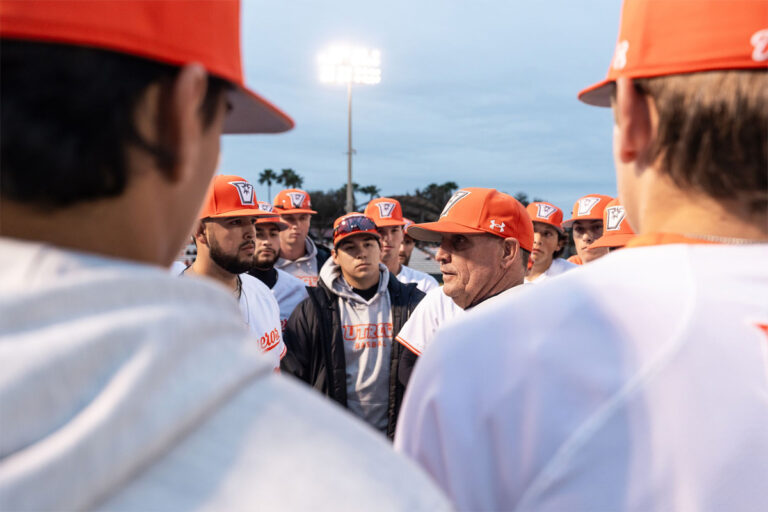
As a volunteer at Sea Turtle Inc. on South Padre Island, I get to experience firsthand how much help the staff needs and how little help they receive.
I have been a volunteer since October 2020 and have the pleasure of saying I have helped with the feeding of our resident Allison, our “one-flippered” sea turtle, as well as a few patients we have had throughout my time as a volunteer.
I have seen just how much work goes into trying to keep patients in severe conditions alive to see the ocean again one day.
Take last February, for example, when Texas “froze,” the water temperature dangerously dropped, causing what is known as a “cold stun event.” This is when sea turtles become lethargic and literally freeze, as they are cold-blooded animals and cannot regulate their body temperature the way we can.
South Texas had never seen an event of that magnitude, and according to Sea Turtle Inc., nowhere else in the world had this been experienced either.
With help from literally everywhere, 5,559 sea turtles were taken to the hospital in less than a week. Of these, 2,252 were successfully rehabilitated and released, while 3,307 did not survive.
As the water temperature drops, we closely monitor and patrol the beaches in case we find any stranded turtles. This year, we have not had more than 150 cold-stunned turtles, and that is wonderful news, especially with the drastic population decline we had last year.
During that tough week in February 2021, power was lost for several days and our residents were also in danger of getting cold stunned, so we had to
take them out of their tanks to prevent them from freezing.
SpaceX was kind enough to donate a generator once they heard of our dilemma and with it, we were able to power back most of the heaters in our resident tanks.
Finally, after that week was over and temperatures were back to normal, and after releasing most of the cold-stunned turtles, a few had to stay behind due to other health conditions. However, with the help of our wonderful animal care team, they were able to release those few that had to stay behind.
People say you can only bond with dogs or cats, even with farm animals, but I have bonded with both our residents and patients.
While it is sad to see them in our clinic, we know that in a few days, weeks, months and, in certain cases, up to a year or more, if they pass all their tests, they will go back home and we cannot wait to see them back in the wild, right where they belong.
In order to get deemed releasable, a sea turtle must be able to swim and dive perfectly well, even if they are missing a flipper or two. They must also be able to come up for a breath of air and eat on their own. If they cannot do those things, it becomes an issue to release them as their lives could be in danger once they go back to sea.
It’s always a bittersweet moment when we release them, because we grow to care for them all, but we know that they do not belong in captivity if they are healthy.
I think it is best when we finally release a turtle that has been with us for a long time, such as “Wolverine.” That little guy was with us from Jan. 18 to Sept. 30, 2021, because he had been struck by a boat propeller and had five gashes on his shell. Our team worked hard to give him the proper care and now he is back in the ocean.
As the public, we must pick up after each other. This means don’t litter and try to minimize your use of plastic. All of that trash eventually gets back into our oceans and hurts our wildlife.
If you find a stranded or dead turtle, stay and keep everyone away and call 243-4361.
If you are interested in volunteering at Sea Turtle Inc., you can visit the webpage, seaturtleinc.org, and fill out an application in order to attend virtual or in-person training.





